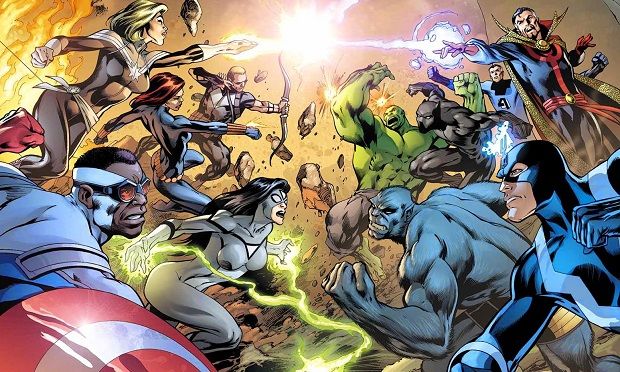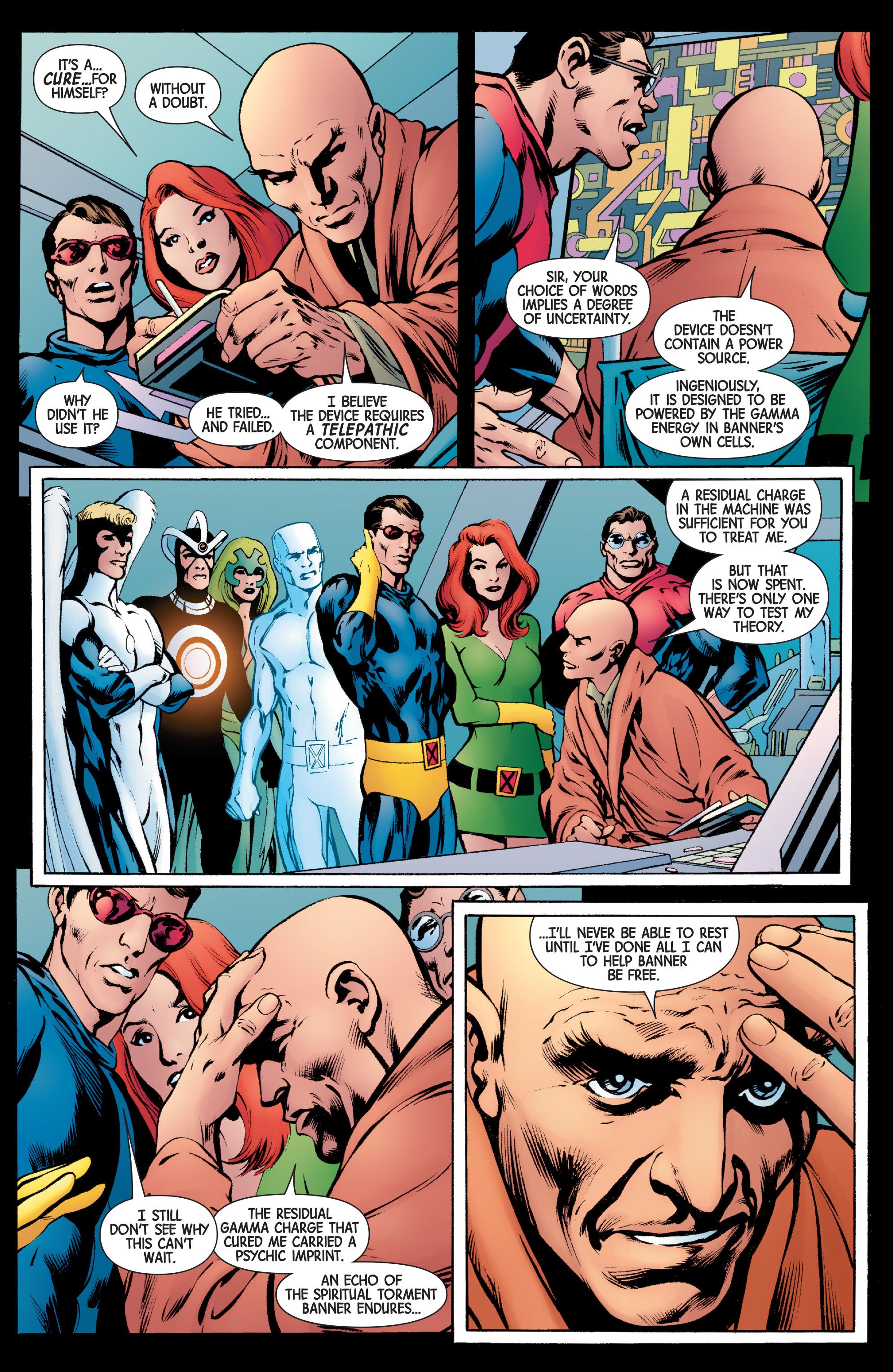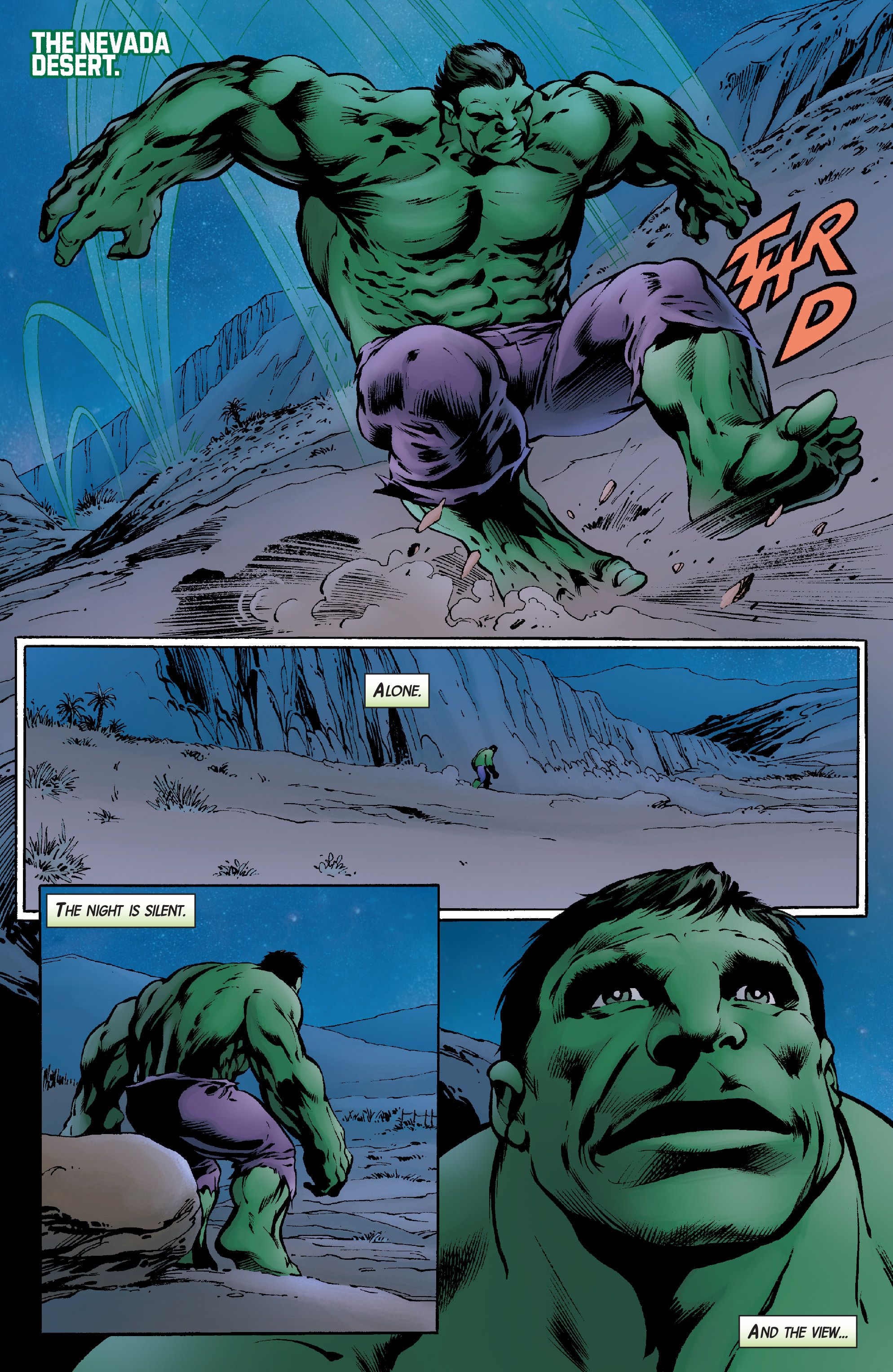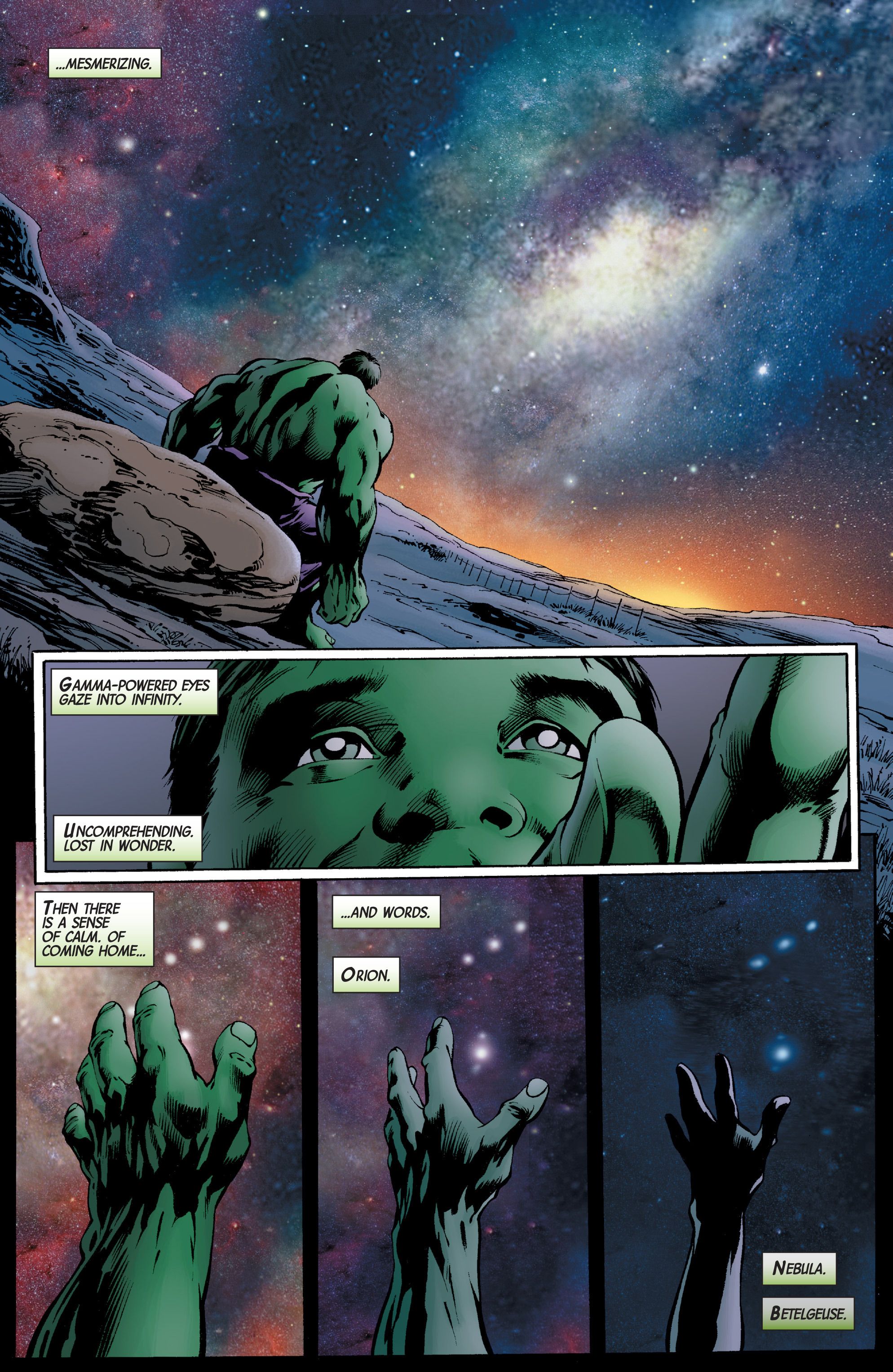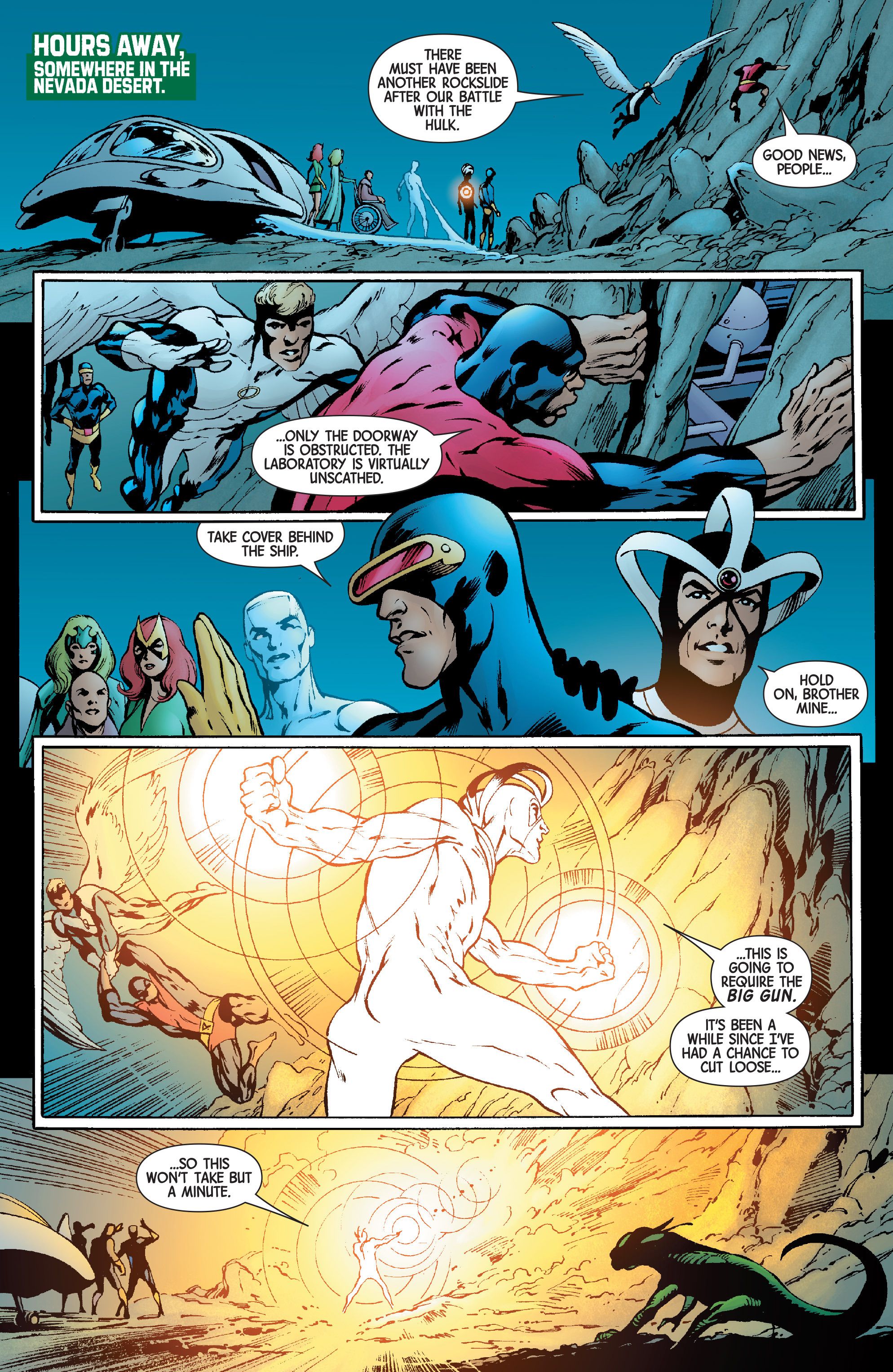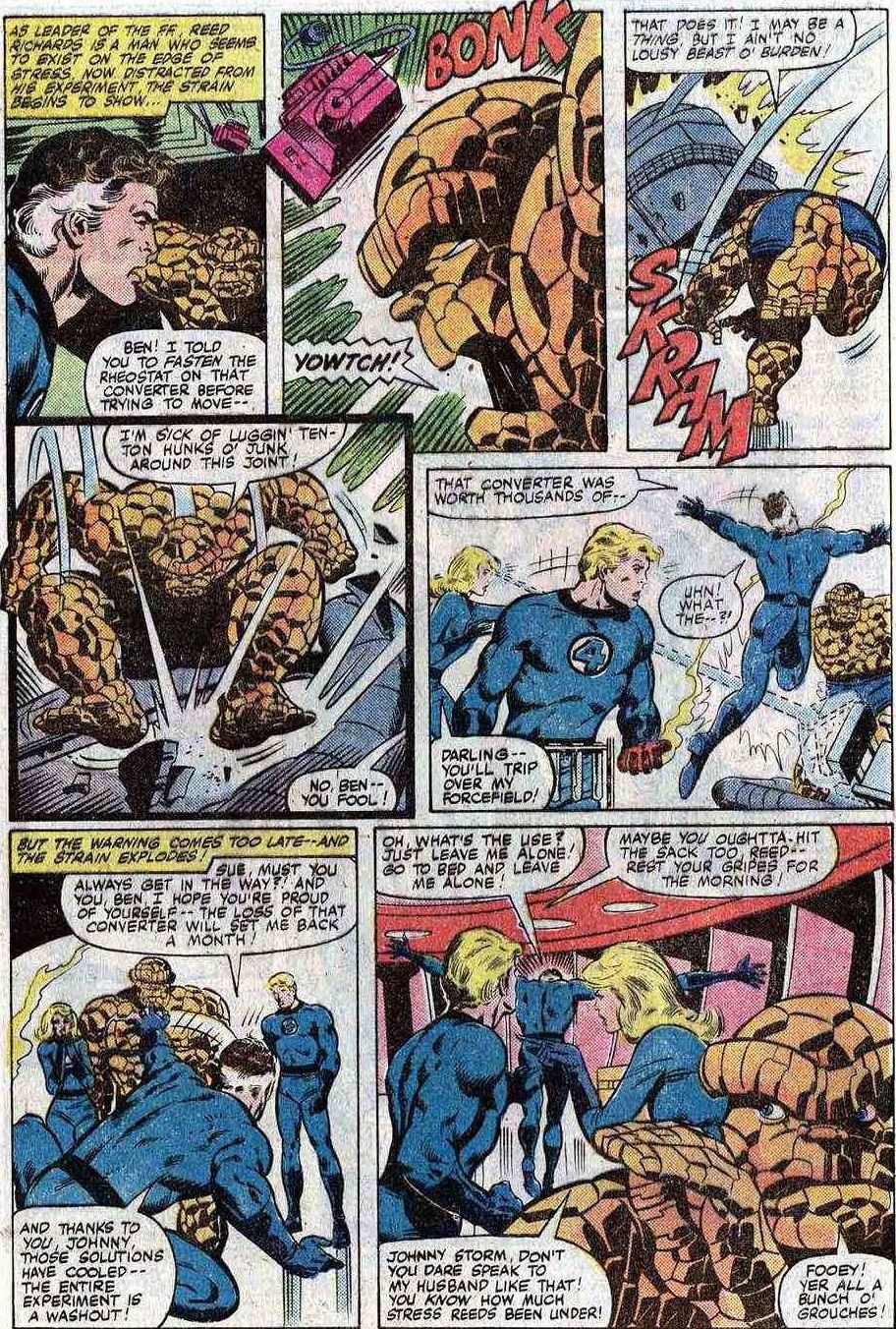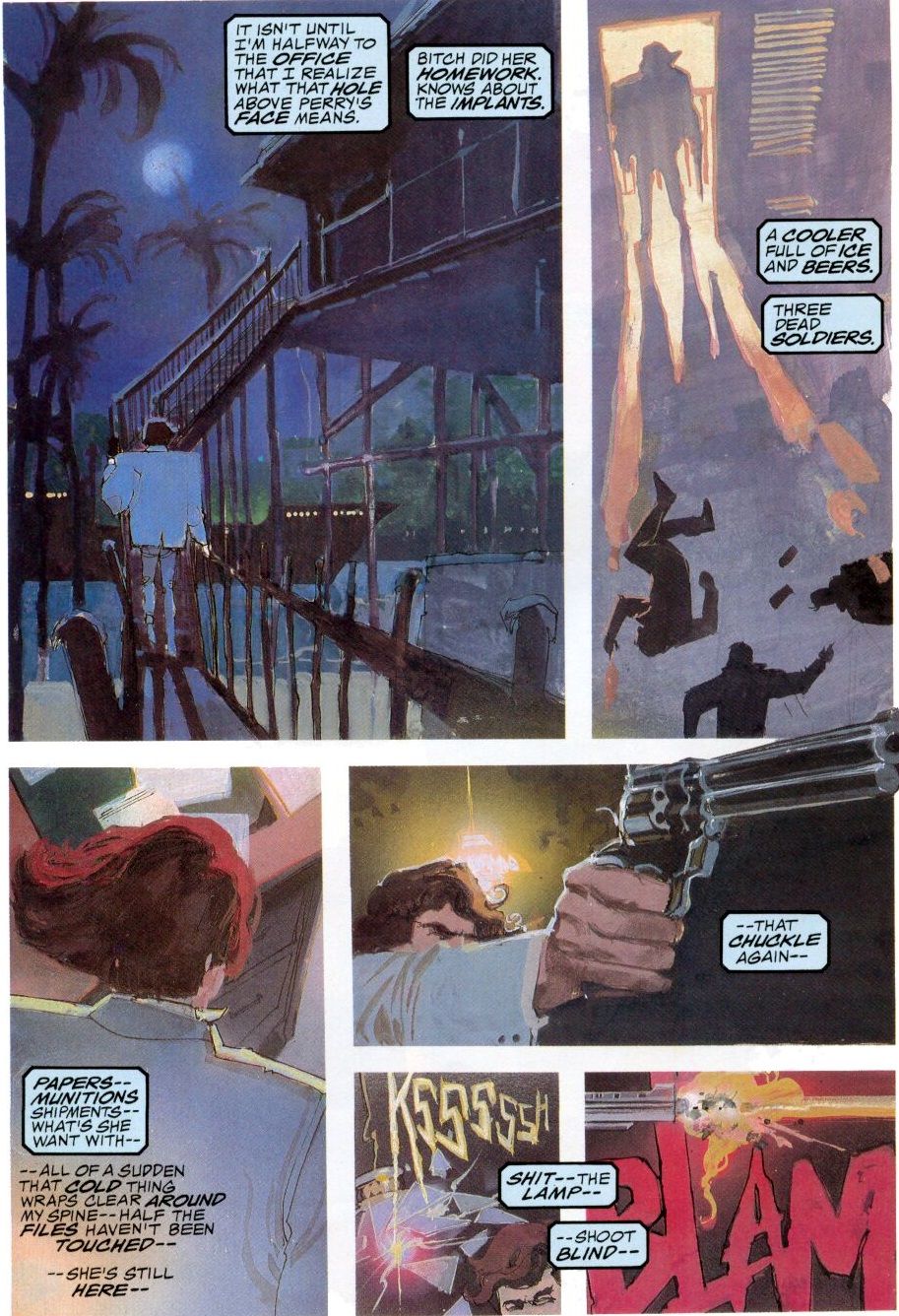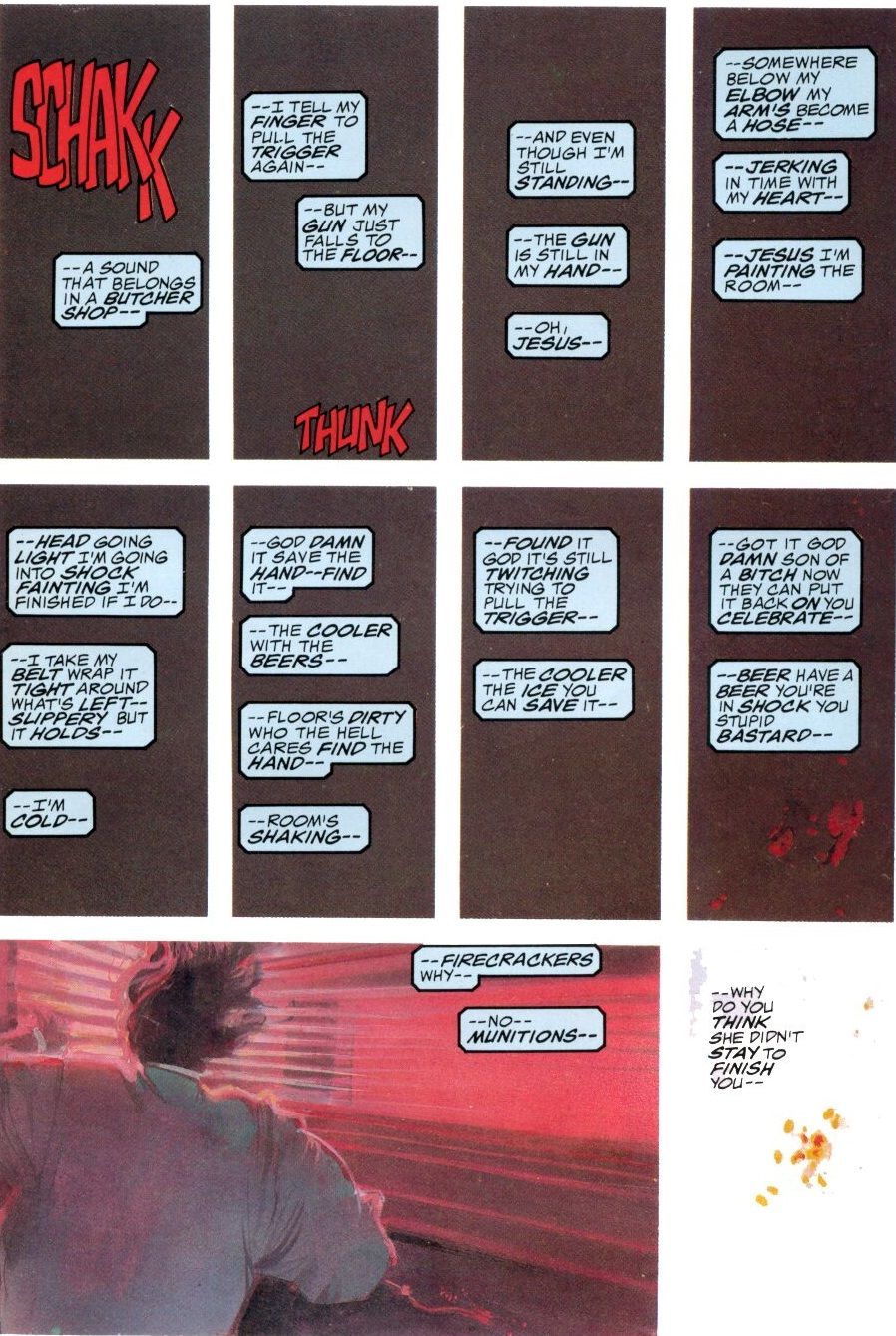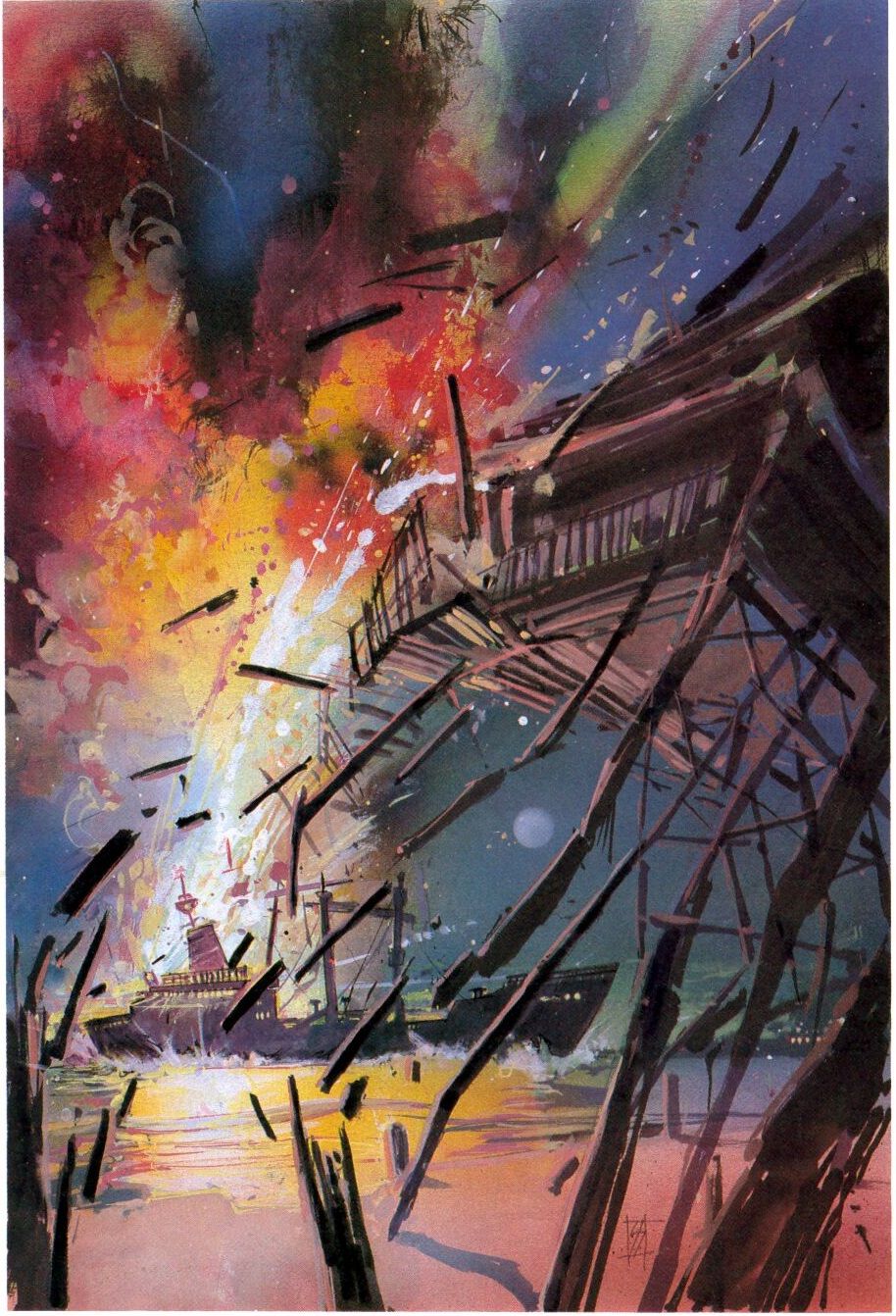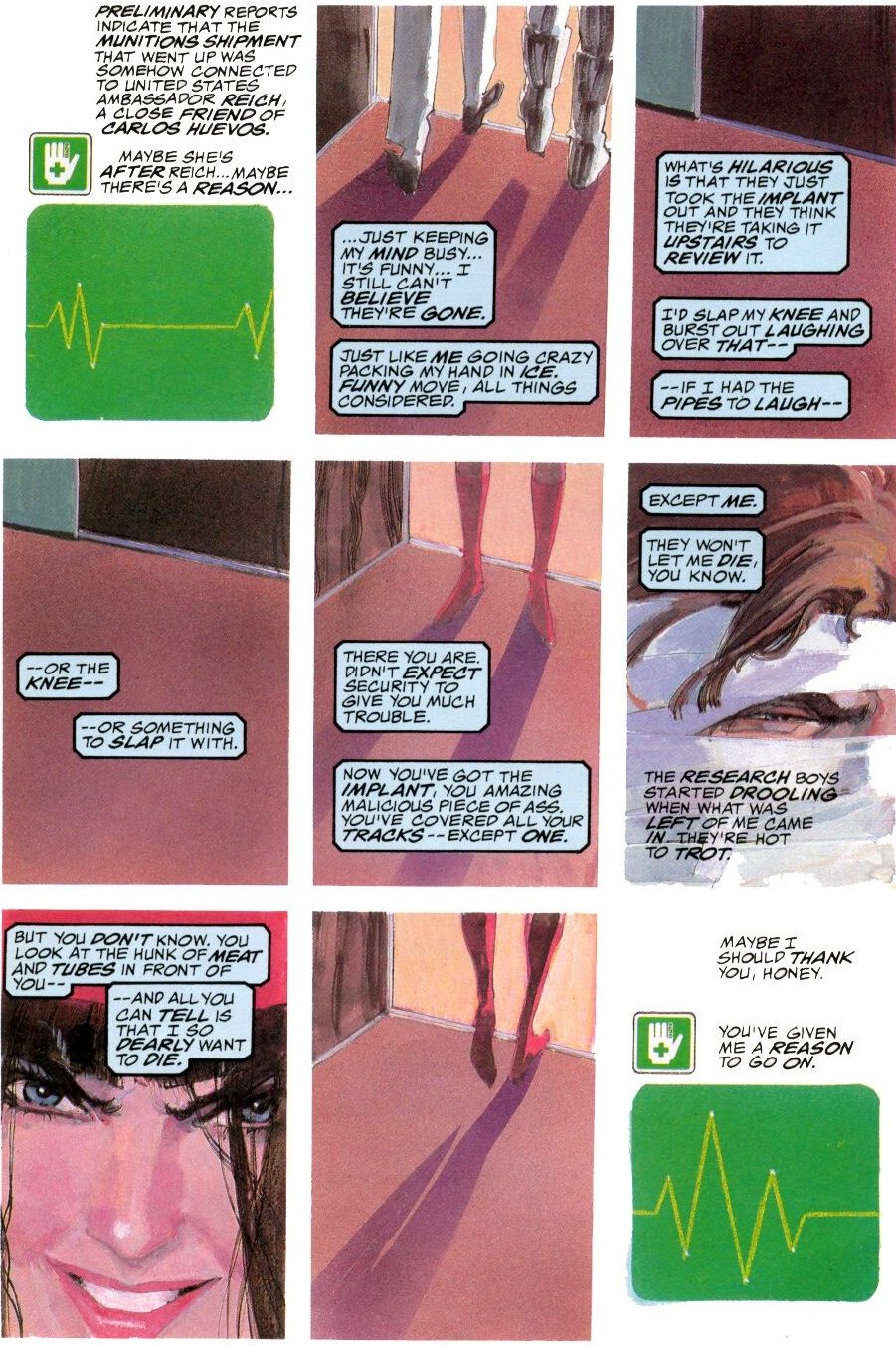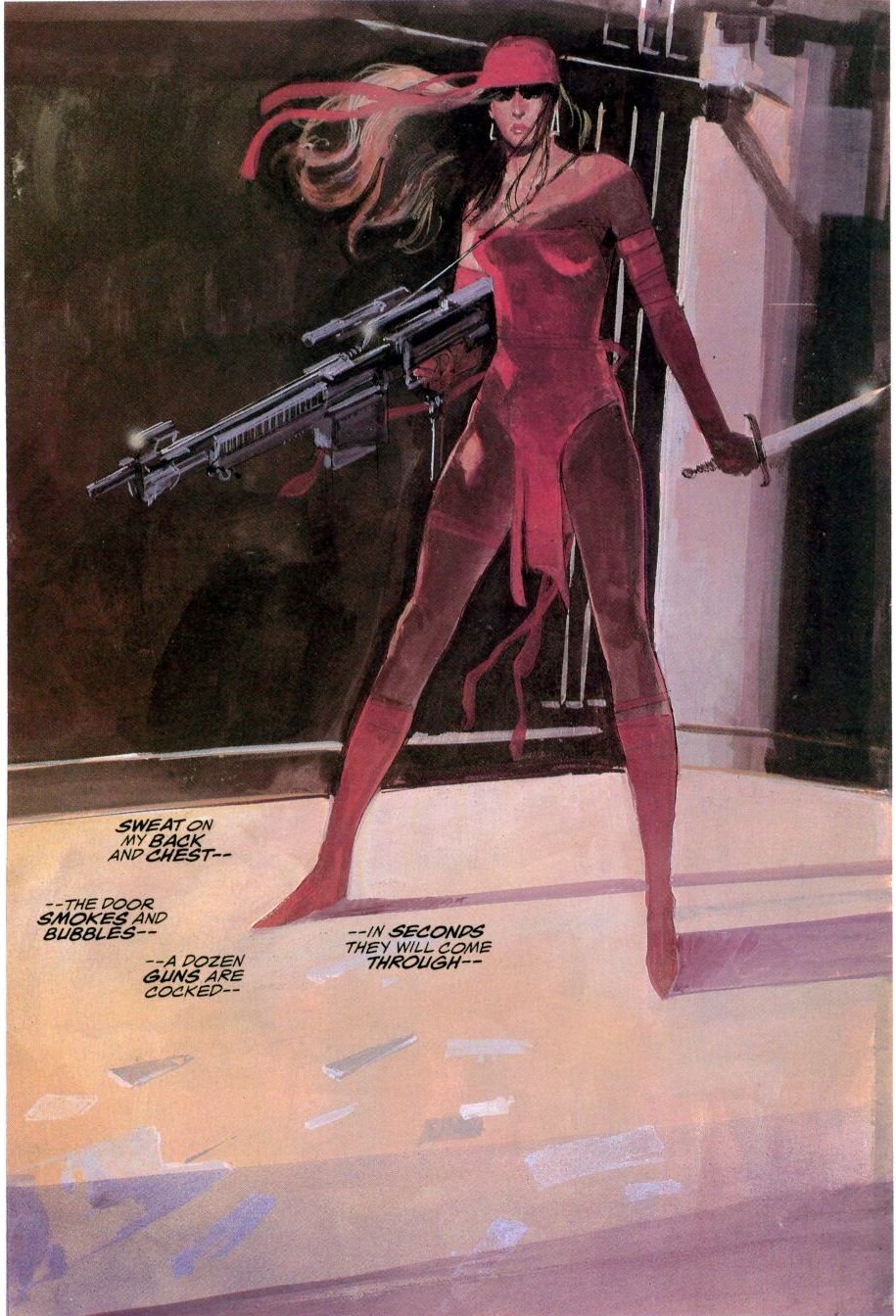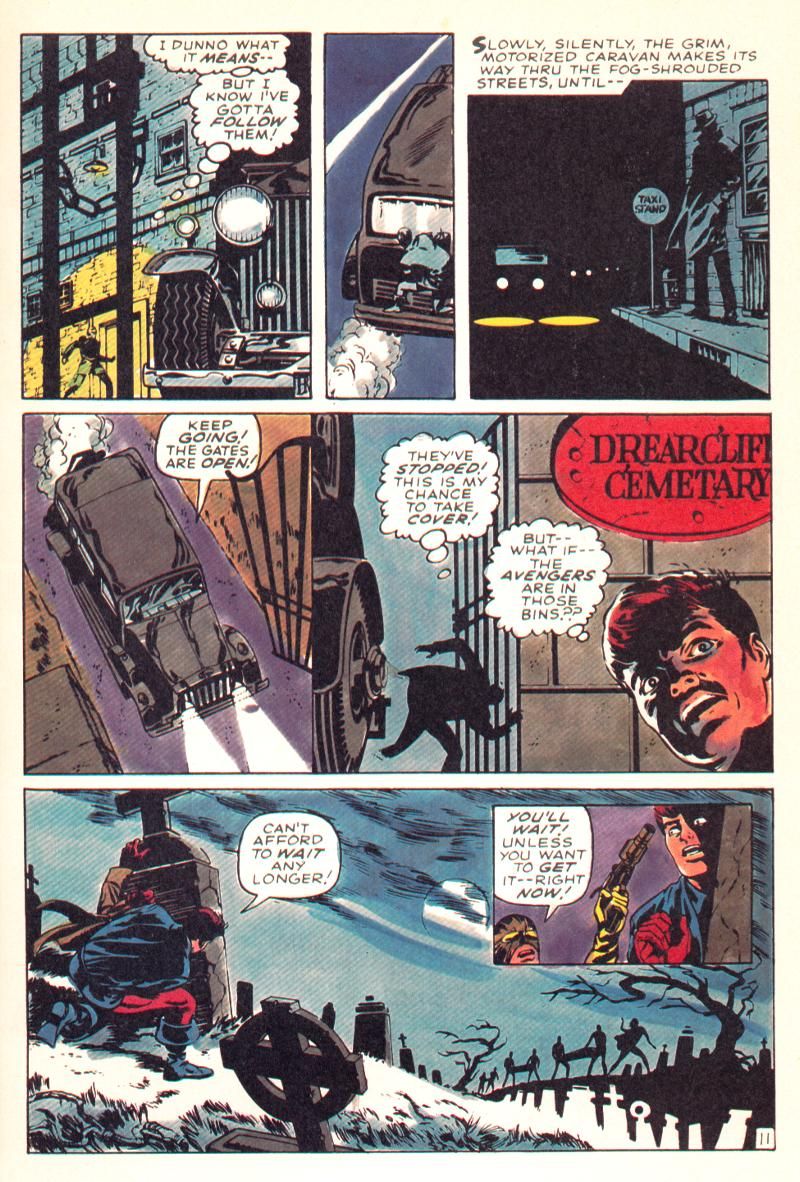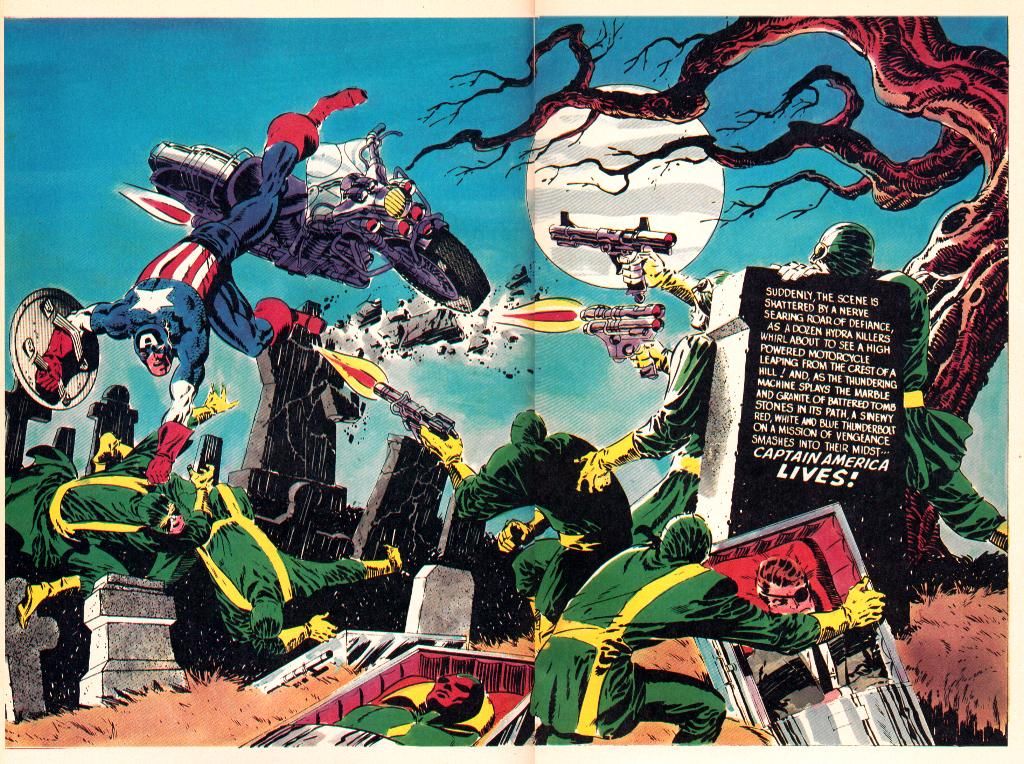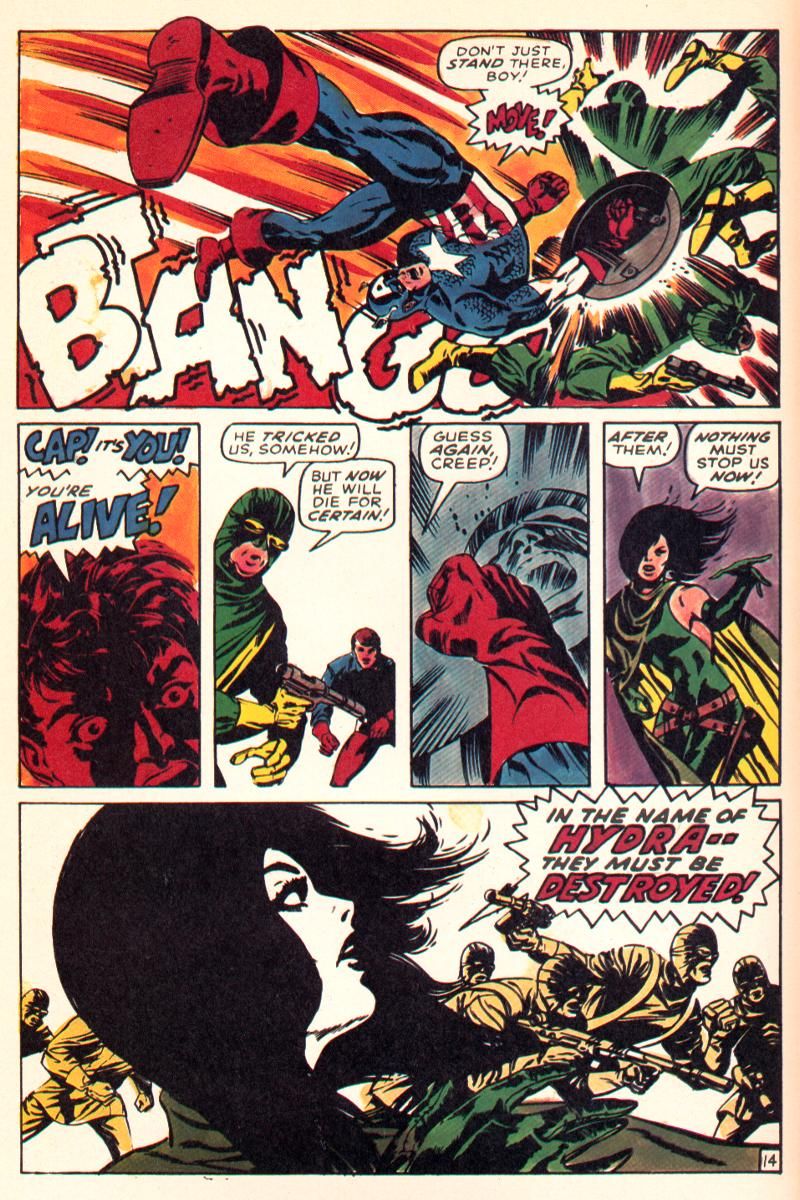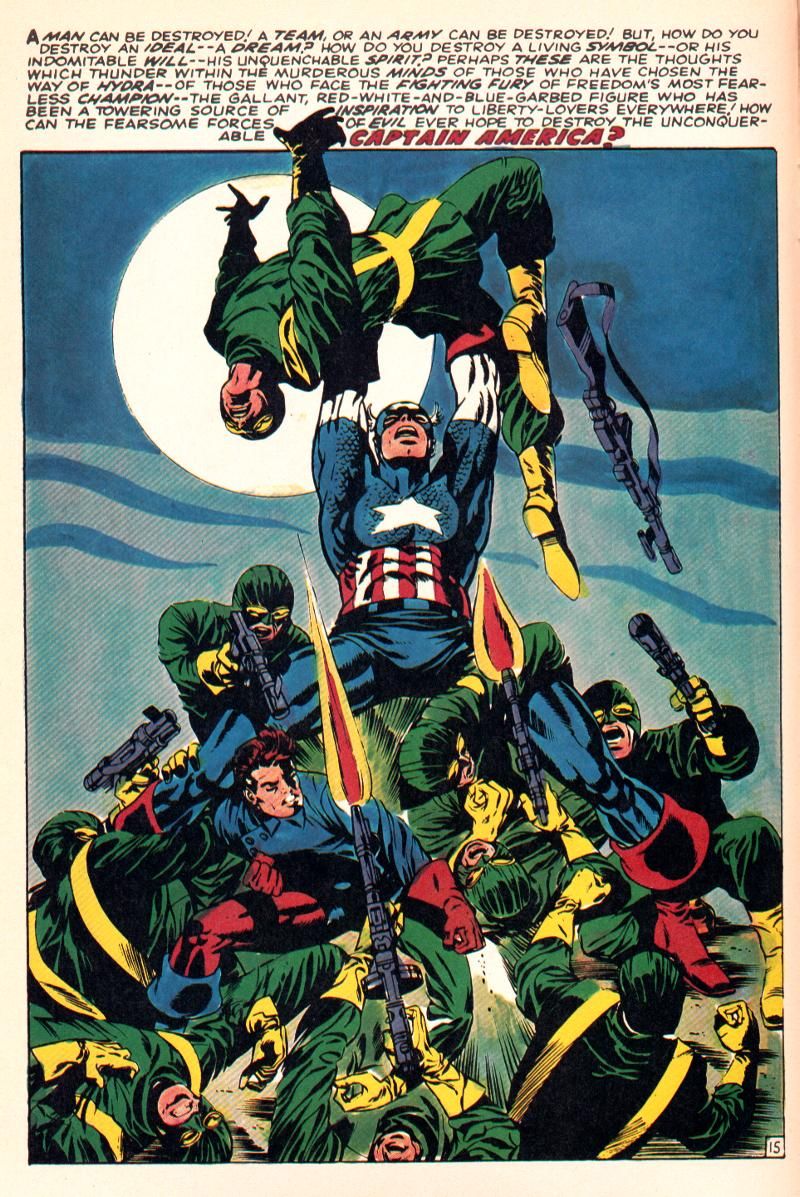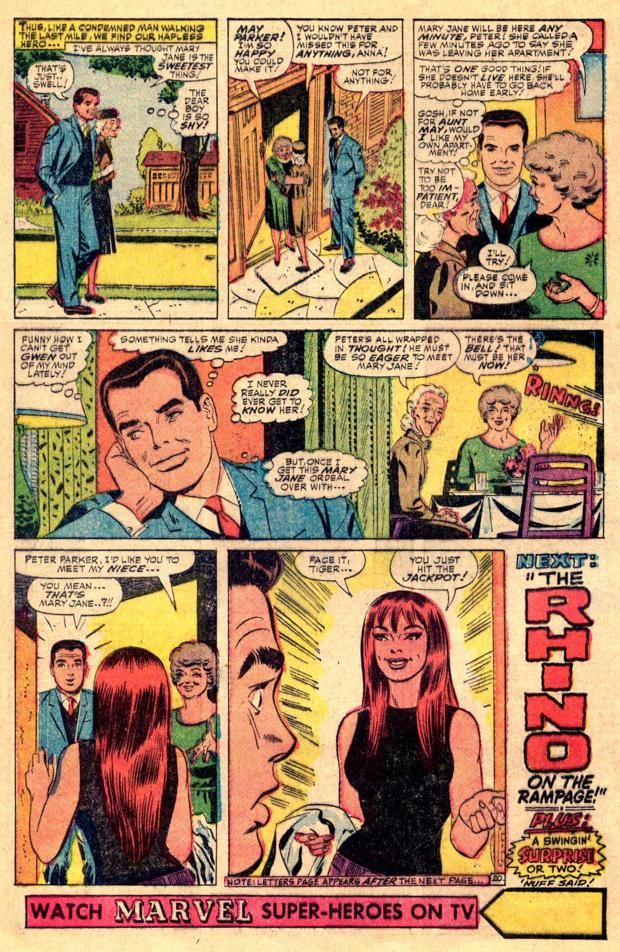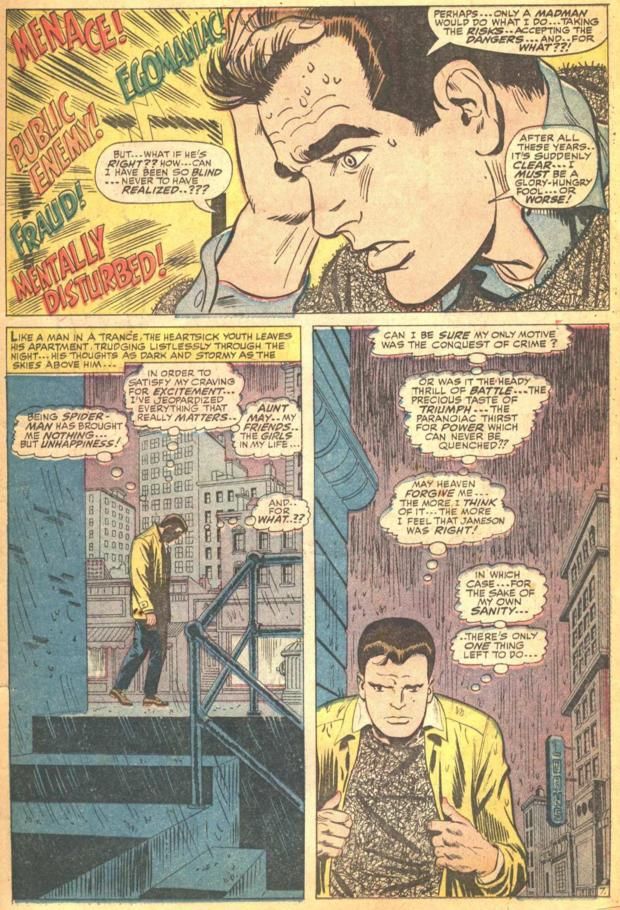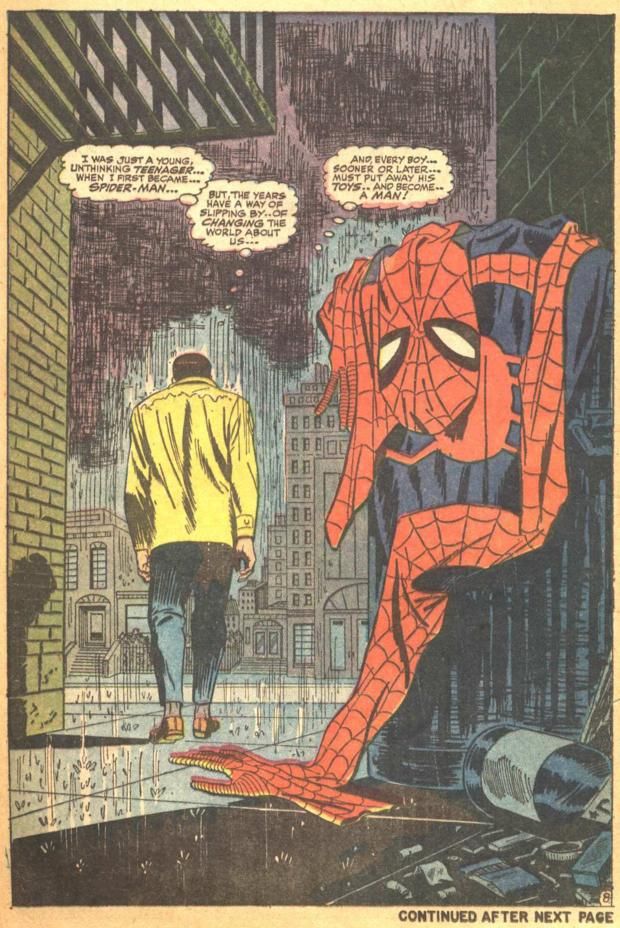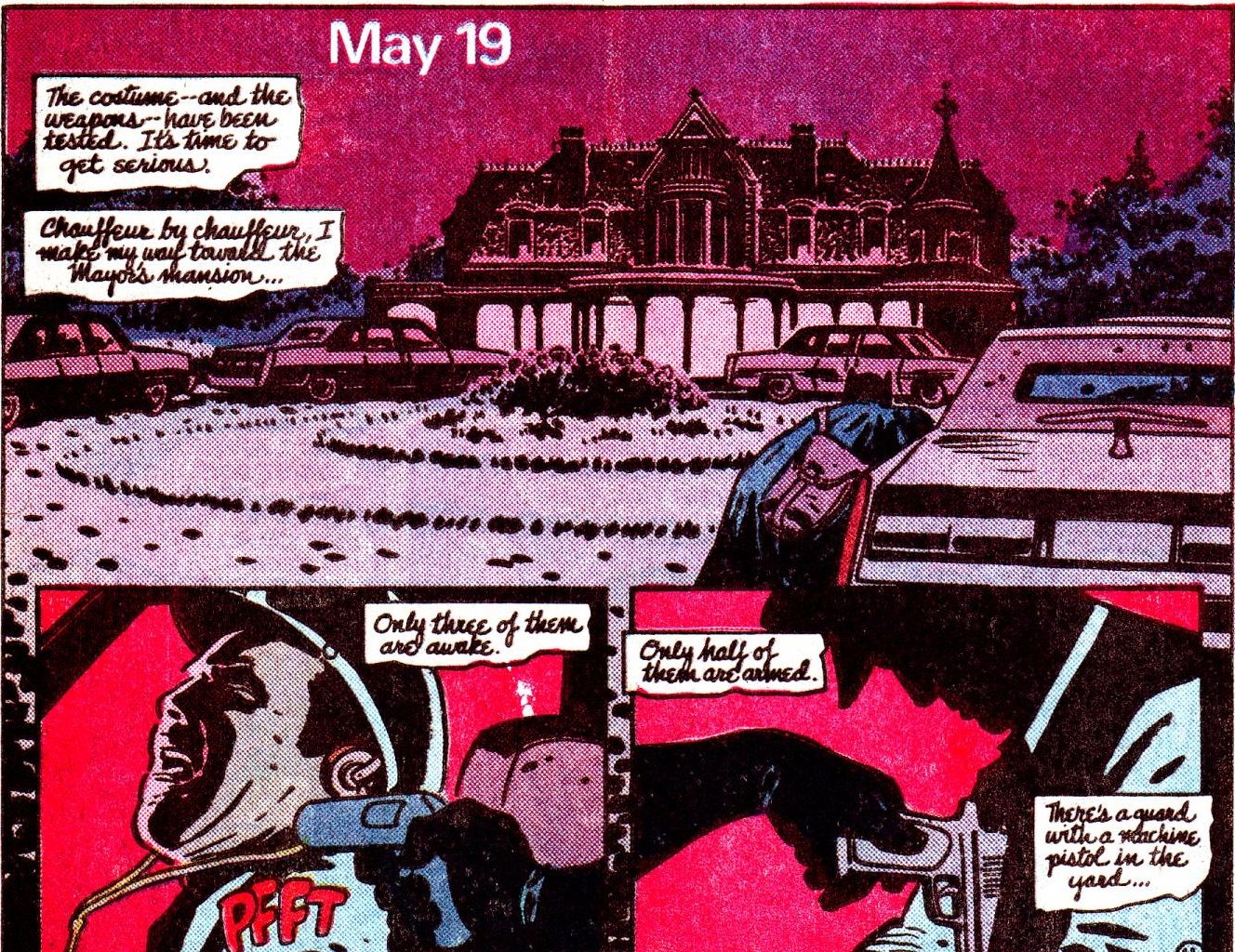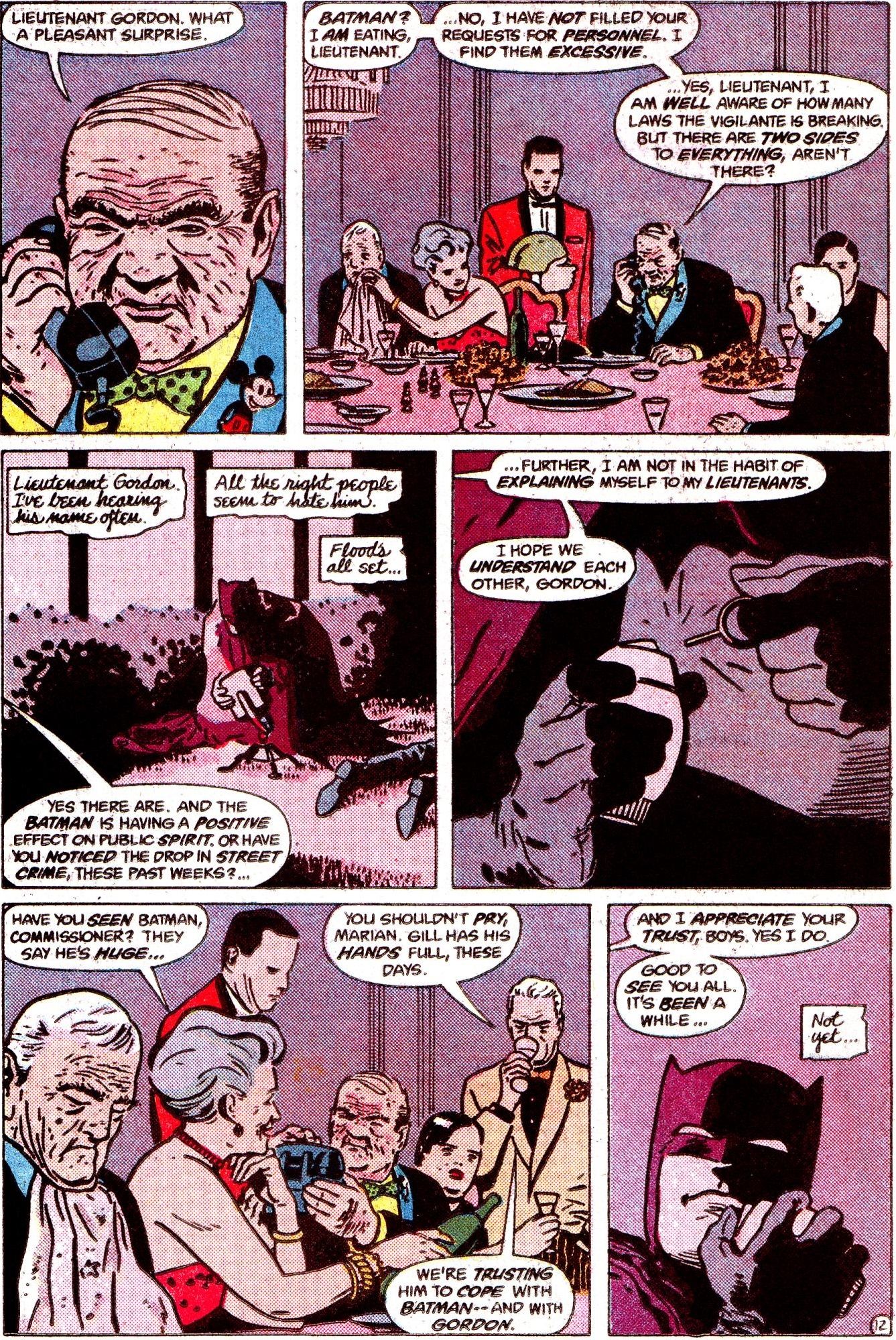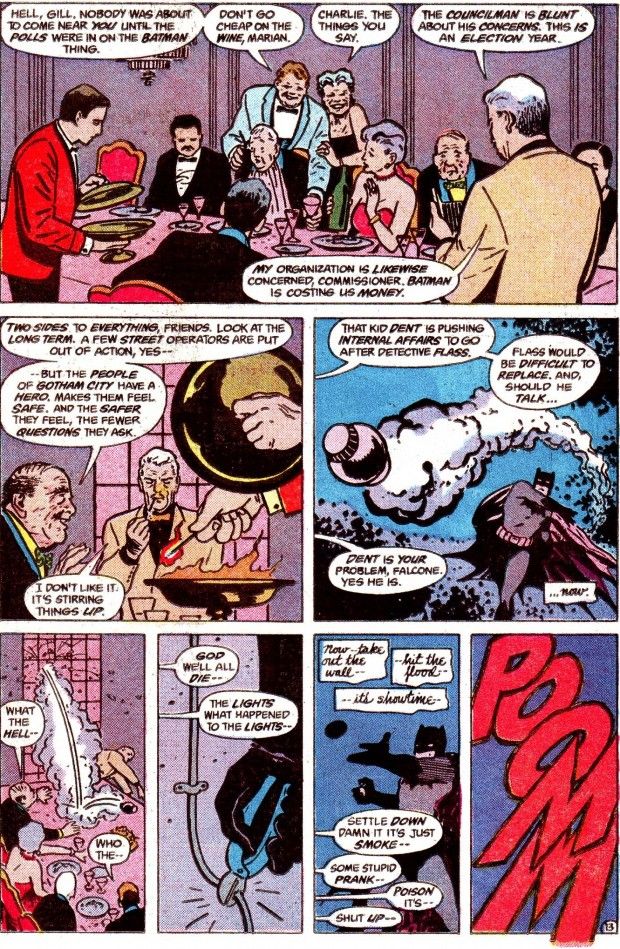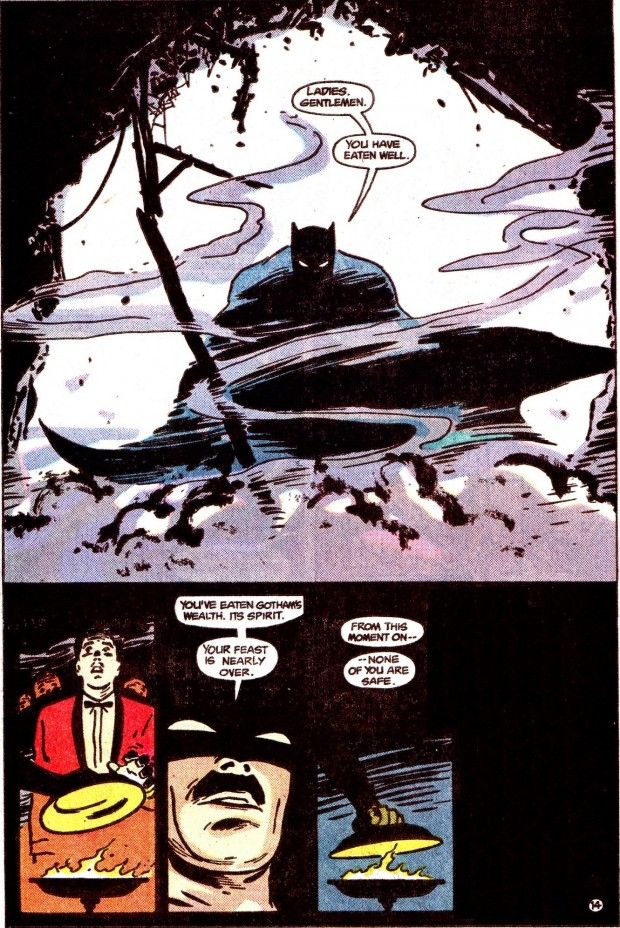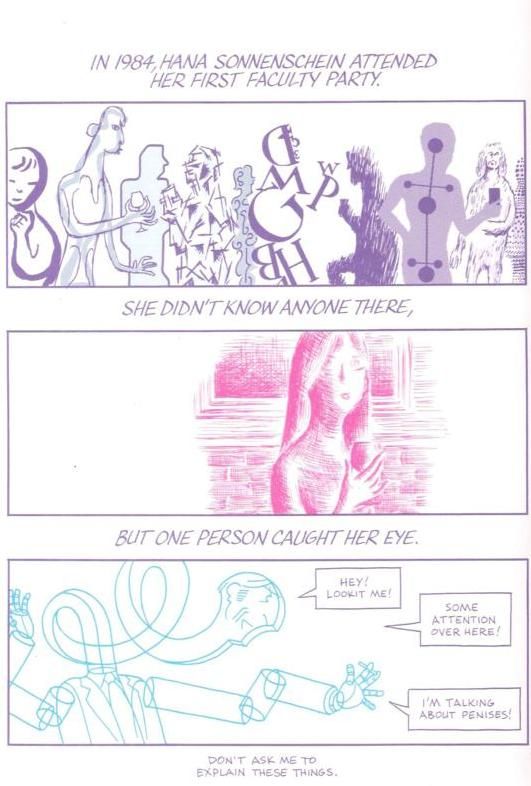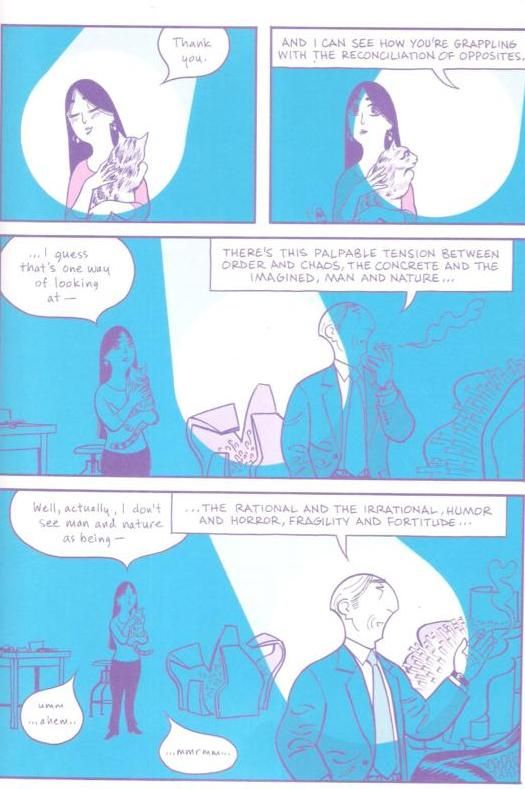Here are the next five artists that you voted as your favorites of all-time (out of roughly 1,040 ballots cast, with 10 points for first place votes, 9 points for second place votes, etc.).
NOTE: Don’t be a jerk about creators in the comments section. If you are not a fan of a particular creator, that’s fine, but be respectful about it. No insulting creators or otherwise being a jerk about creators. I’ll be deleting any comments like that and, depending on how jerky the comment was, banning commenters.
20. Alan Davis – 622 (1 first place vote)
When I was at the Paris Comics Expo a few weeks back, there was a panel where Alan Davis was brought out as a guest. It was nice, as it was one of the few times I understood anything at the panels. Anyhow, the opening question was something along the lines of, "What was it like for you to go from working with Alan Moore to working with other writers?" I thought it was a bit of an odd question and you can tell Davis thought it odd, too. He replied (paraphrasing), "I worked with him briefly over thirty years ago. I really didn't give it any thought." And that's the funny thing about Alan Davis' career - he was already an iconic artist before he even BEGAN to draw comics in the United States, with his work on Captain Britain and Marvelman.
Davis first worked on Batman and the Outsiders before his great art got him bumped up to Detective Comics. After a dispute with DC editorial, Davis moved over to Marvel where he did a few memorable issues of Uncanny X-Men before launching Excalibur with Chris Claremont. After a short break on the book, Davis returned to the title to take over as the writer AND the artist for a couple of years. Since his Excalibur stint finished, he did his creator-owned title, ClanDestine, for Marvel, a stint writing and drawing X-Men (while also writing Uncanny X-Men) and then a return engagement with Chris Claremont on Uncanny X-Men.
For the most part, though, Davis has spent the last decade or so working on special assignments plus covers. He's still a very much in-demand artist, as his classical superhero style artwork is as impressive and engaging today as it was over thirty years ago. To show how excellent he still is, I figured I'd use for his sample some pages from a recent arc he did on Savage Hulk (he wrote it as well as penciled it, with Mark Farmer doing inks)...
Amazing that he's over thirty years in and he hasn't lost a step. He's a great storyteller, his facial work is top notch and he maintains an impressive fluidity to his characters. Just top rate work.
19. Bill Sienkiewicz – 647 (16 first place votes)
When it comes to artist evolution, few artists can quite touch Bill Sienkiewcz's journey from competent Neal Adams clone to experimental genius.
Sienkiewicz worked on Fantastic Four with writer Doug Moench and then he moved over to Moon Knight with Moench.
While there, he began to experiment with having an expressionist style for his comic work, which was extremely rare for the time.
His unique work soon made him so popular that they moved him over to the first X-Men spinoff title, New Mutants, where he continued to try out new things until he moved on from traditional penciling entirely, beginning to work in multiple media for his work on the classic mini-series, Elektra: Assassin (with writer Frank Miller). Here, Elektra confronts a SHIELD agent that had been tailing her...
Epic.
Sienkiewicz then used that art style on his creator-owned series, Stray Toasters.
In the years since, Sienkiewicz's work in mainstream comics has been a little more traditional. He has also become an in-demand inker, as his inks can provide a whole new style for the pencilers he works with.
18. Jim Steranko – 661 (6 first place votes)
A student of comic book history, Jim Steranko is the type of guy who looks at a situation and when he is told, "This is the way we always do things" he counters, "Well, why not do THIS instead?" A solid character artist, Steranko's greatest strength has always been his stunning layouts. His layouts are sharp and clever TODAY - back in the late 1960s they were downright revoutionary. Here is the classic sequence from Captain America #113 where the Avengers and Nick Fury have been captured by Hyrda after attending Cap's funeral (at least they THINK he's dead). As it turns out, though, Cap is not dead and he's coming back to just in time to save his friends in some of the most stunning pages of the era...
This was after Steranko had already made a name for himself on Nick Fury, Agent of S.H.I.E.L.D., particularly in his willingness to experiment with stuff like psychedelia in his comics.
The crazy thing is that pretty much Steranko's entire Marvel career took place in about four three years (not counting a pair of assignments in the early 1970s) and yet he was so amazing that he is still remembered as one of Marvel's greatest artists.
Go to the next page for #17-16...
17. John Romita Sr. - 675 points (8 first place votes)
While obviously Steve Ditko created Spider-Man's look, it was Romita's slight re-designs that made Spider-Man the global icon that he remains to this day. Ditko's Peter Parker was a thin, frail fellow. Romita Sr. turned Peter into a heartthrob. Ditko's girls...well...they weren't exactly gorgeous. Romita's girls? Well, as we see in one of the most memorable moments in Marvel history (from Amazing Spider-Man #42)
It was Romita's designs that inspired Stan Lee to give the youth of the book center stage. In addition, Romita's Spider-Man went from being the lithe, angular guy that he was during Ditko's time to being a full, powerful superhero in the Jack Kirby mold.
This take on Spider-Man is the one that was marketed to the moon by Marvel in the late 1960s and throughout the 1970s. Romita's Spider-Man was THE face of Spider-Man in licensed products until pretty much the last decade or so (when Mark Bagley's Spider-Man became the licensed version of Spider-Man - and Bagley's Spider-Man owes a lot to Romita's. Bagley's Spidey is sort of a cross between Romita's and McFarlane's).
Romita's run went from #39-88, 93-95, 106-119 plus a number of fill-ins since then and his presence as an inker was on pretty much all of Gil Kane's issues, so Romita was there even when he was not penciling). And when Romita left the book an an INTERIOR artist, he remained as the cover artist for years to come. Basically, Romita's Spider-Man was THE Spider-Man for decades.
Romita knew how to design pages in a way to get the most powerful imagery imaginable. This led to a number of iconic sequences in his issues. Here is one of his most famous ones, from Amazing Spider-Man #50...
Romita served as Marvel's art director, as well, for two decades.
16. David Mazzucchelli – 732 (18 first place votes)
Perhaps the most impressive aspect of David Mazzucchelli's illustrious career as a comic book artist is the way that he CONTROLLED the page. He almost made his pages work like a motion picture, that's how accomplished he was at controlling how you viewed the page.
Check out the famous sequence from Batman: Year One where Batman announces a change in the way Gotham City works...
See what I mean about how he directs your vision in a way unlike most artists? I've long felt that way, so it was awesome to see Matt Fraction do a fascinating exploration of that very aspect of Mazzucchelli's work earlier this year, in connection Mazzucchelli's Daredevil work on the classic storyline, Born Again The way that Mazzucchelli's layouts control the viewers' line of sight in a way that they don't even consciously realize.
And, of course, Mazzucchelli did not stop at the brilliance of Year One and Born Again. No sir, he has evolved his artwork, as you can see from his award-winning graphic novel, Asterios Polyp...
I can't wait to see what Mazzucchelli does next!

